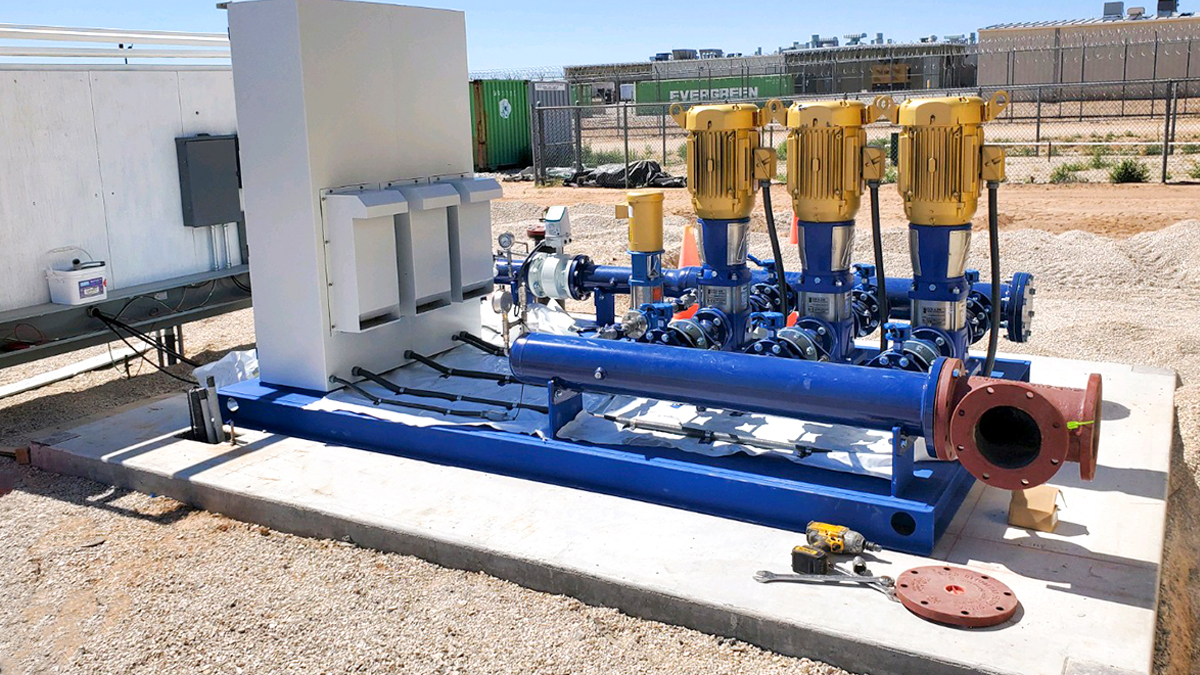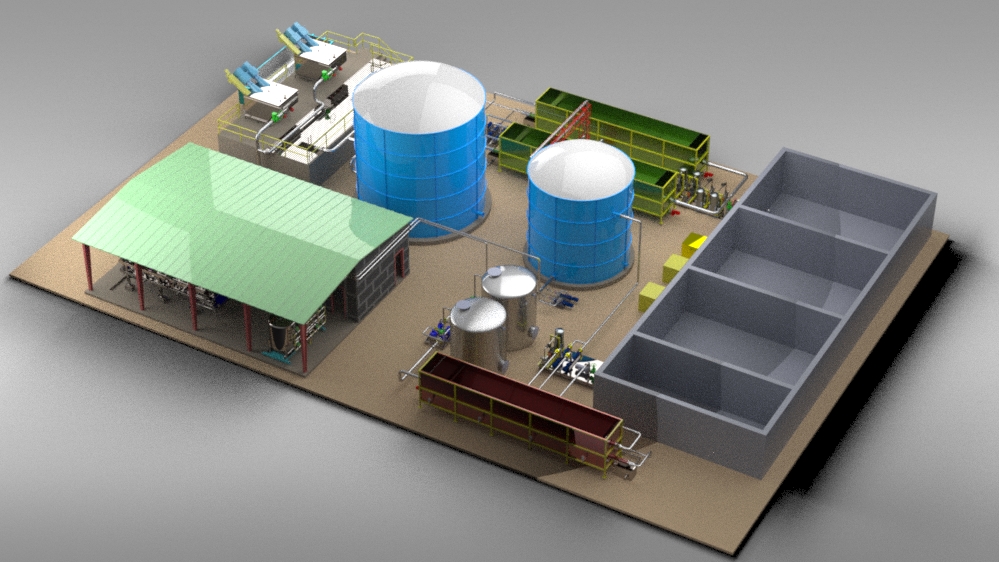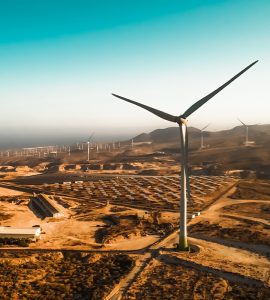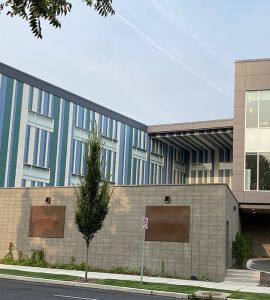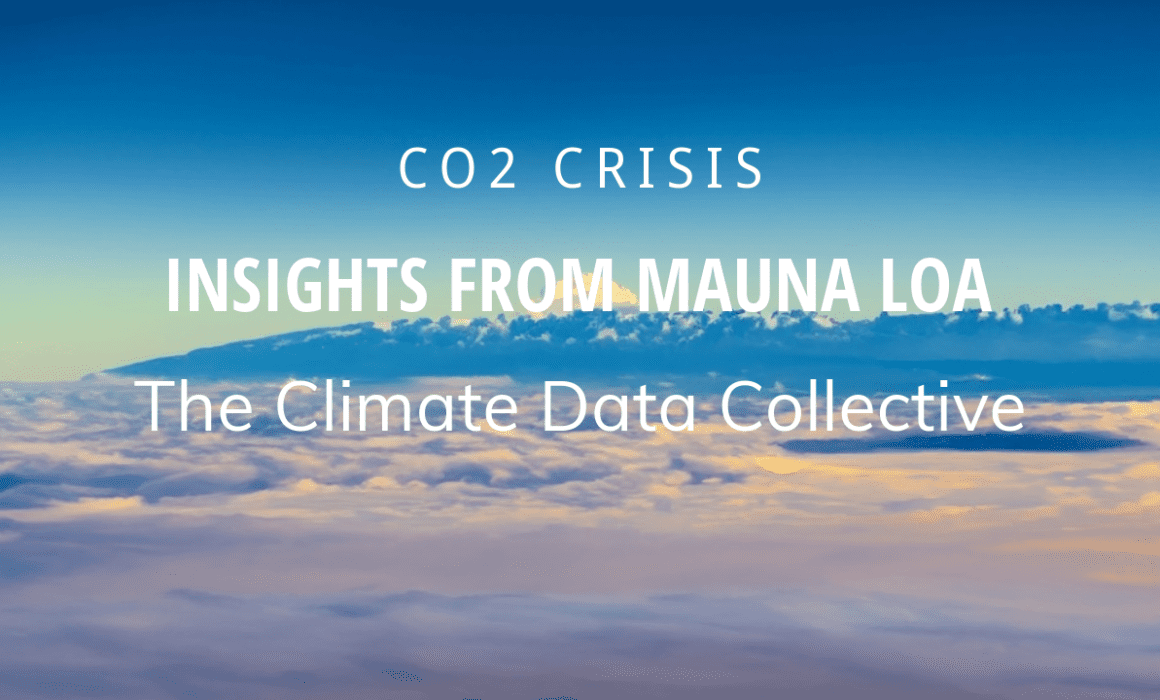Alarming Trends in Carbon Dioxide Levels: Insights from Mauna Loa Observatory
The Mauna Loa Atmospheric Baseline Observatory, located on the Big Island of Hawaii, has long been a crucial point for global climate monitoring. Recent data captured by this observatory is sending shockwaves through the scientific community as it indicates that the rate of carbon dioxide (CO2) accumulation in our atmosphere is increasing faster than ever before.
The Accelerating Pace of CO2 Increase
In a record-setting trend, atmospheric CO2 levels rose by 4.7 parts per million over the past year, the largest annual increase observed since the start of measurements in the 1950s. This spike in CO2 concentrations, according to the National Oceanic Atmospheric Administration (NOAA) laboratory at Mauna Loa, underscores a troubling acceleration in a trend that had previously shown signs of slowing down.
Understanding the Keeling Curve
The data from Mauna Loa contributes to the Keeling Curve, a globally recognized chart that daily tracks the concentration of atmospheric CO2. This curve, named after scientist Charles David Keeling, provides undeniable evidence of the long-term rise in greenhouse gases due to human activities.
Factors Contributing to the Rise
A Strong El Niño Influence
A significant factor in this year’s unprecedented CO2 spike is a strong El Niño event, which has exacerbated the baseline upward trend in carbon emissions. While the U.S. has seen a decline in emissions and global growth has slowed, the effects of El Niño have intensified CO2 levels through its impact on global weather patterns and ecosystems.
The Role of Fossil Fuels
Despite various initiatives to curb their use, fossil fuel consumption remains higher than ever. The combustion of oil and coal releases vast amounts of CO2, a trend that continues to dominate global emission figures.
Implications for Climate and Policy
Record-High Levels and Climatic Impact
The latest readings from Mauna Loa show CO2 concentrations nearing 427 parts per million, levels not seen in over 4.3 million years. Such high levels of CO2 are linked to increased atmospheric temperatures, altering climate patterns and increasing the frequency of extreme weather events.
Policy Challenges and Actions
The data from Mauna Loa serves as a critical reminder of the urgency needed in addressing climate change. Policies aimed at significantly reducing fossil fuel use and enhancing carbon capture technologies are more crucial than ever.
The Long Road to Rebalancing
According to climate scientists, even if global emissions begin to decline now, it would take approximately four decades to halt the annual increase in CO2 levels. This delay is due to the Earth’s carbon cycle’s current disequilibrium, which would continue to emit CO2 from natural stores in response to past and present emissions.
Conclusion: A Call to Action
The alarming data from the Mauna Loa Observatory is a clear call to action. It emphasizes the need for immediate and sustained efforts to reduce carbon emissions and mitigate the impacts of climate change. As we face these unprecedented challenges, the global community must come together to foster innovative solutions that will ensure a sustainable future for all.
